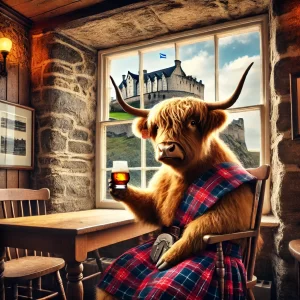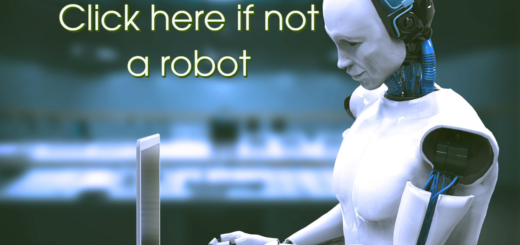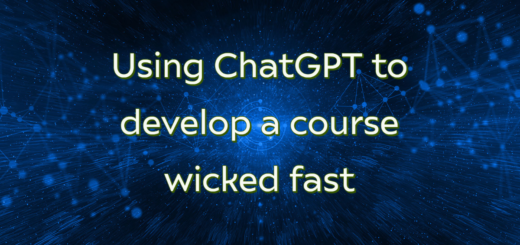But is it Art?
AI promises to transform our world. With in influx of generative tools, from ChatGPT to MidJourney, people are starting to question what fields will be transformed. Some people argue that some fields, such as art, are doomed. Others claim that it will do the opposite.
In a recent article by the New Yorker, the author claims that art isn’t going anywhere. That AI art, by its very nature, cannot replace a human. The crux of their argument is that when a human makes art, it requires hundreds of small decisions. Small decisions about the medium, about the context, about the inclusion of details, make art what it is. I’m not sure that I agree.
AI art
AI art, by its very nature is limited to large decisions as defined by the prompt. Consider the picture generator, such as Dall-E. When I asked Dall-E to “Create a highland cow sitting in a pub wearing a kilt and drinking a Scotch. In the window, add a castle on a hill, similar to Edinburgh Castle” it gave me the image to the right.
At first glance, it seemed to capture the essence of my request, including a number of great details, such as capturing a highland cow sitting at a table, making realistic table and chairs, making the sun come in from outside and light the table brighter towards the window and darker further inside. There’s even a reflection in the glass of one of the pictures. But upon looking closer, many details seem amiss.
First, the window frame is partially missing where the castle appears. Speaking of the castle, it is oddly proportioned, and really doesn’t look like Edinburgh castle. And the Scottish flag flying over the castle is missing a pole, isn’t right right design, and seems excessively large considering the size of the windows. In the pub, the whiskey is in a cairn, and the whiskey is the right color, but the top half of the glass is opaque instead of clear.
Also, check out the chair behind the table. Those legs are wonky.
The longer I look at the picture, the more the small details become problematic. Each issue I identify, the more I dislike the image, the less connected I feel to it, and the less I want to hang it on my wall.
What is art?
While it’s fun to pick it apart, a question remains “Is this art?”
To answer this question, I find Ayn Rand’s definition better than any others I’ve seen. She defines art as “the selective recreation of reality according to the artist’s metaphysical value judgements”. She goes on to say “Art brings man’s concepts to the perceptual level of his consciousness and allows him to grasp them directly, as if they were percepts.” Putting that into my own words, I would describe art as the purposeful selection of what to add (or not add) to a creation based on what an artist thinks is important (or not important). This definition applies to literature, painting, sculpture, and music.
In the picture above, did I selectively recreate reality? While whiskey drinking cow is whimsical, the essence of the picture captures an integration of Scottish culture. It brings my concept of the key Scottish culture elements to a perceptual level. Many small details are wrong, but the big details are right. Is it art? Yes. Is it good art? No.
The future
There-in lies the key to artists’ future.
Those details matter. What a good artist does is add those small details in such a way as to make a goofy picture of Highland Cow into a master piece.
What this means for the future of art seems clear. For artists to remain relevant, they will need to train on adding those small details. To hone their ability pay attention to everything that goes into an art. To have a reason for each element they add and be able to explain why other things were omitted.
This future will include the use of AI tools to create art. Instead of taking weeks or months to generate great art, artists can use tools to speed that process up 10 fold. Want a master level piece of art of a highland cow drinking whiskey in a Scottish pub? An artist, working with an AI, will be able to develop such feats in days, if not hours.
And while 100% hand crafted art will still carry some nostalgia, the worth of a piece of art is in the message, not the effort. I expect these tools will create an explosion of high quality art – an explosion of pieces that bring joy to our lives.


